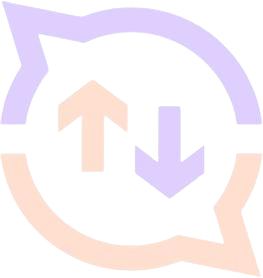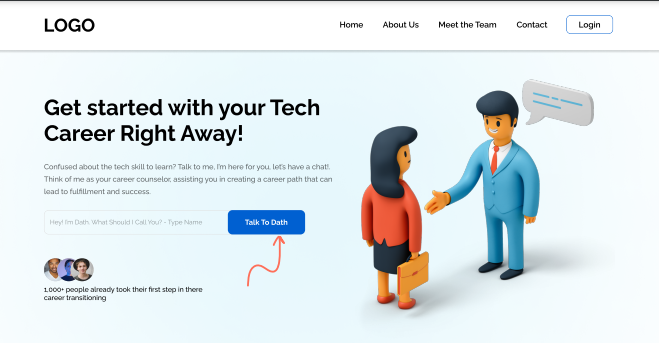Worked with






Clients & Partners






About me

Experience
6 years WorkingCompleted
32+ ProjectsSupport
Online 24/7My Experience
DevOps Engineering
Docker
AdvancedAnsible
IntermediateJenkins/Azure DevOps
IntermediateKubernetes
AdvancedPuppet
IntermediateAWS/Azure/GCP
AdvancedSite Reliability Engineering
Chef
AdvancedPrometheus
IntermediateJMeter
AdvancedPagerDuty
IntermediateOpsGenie
IntermediateVictorOps
IntermediateArticial Intelligence
Tensorflow
AdvancedScikit-learn
IntermediateKeras
AdvancedPandas
IntermediateMatlib
IntermediatePyTorch
IntermediatePython Automation
Python
AdvancedSelenium
IntermediatePyTest
AdvancedCelery
IntermediateFabric
IntermediateBehave
IntermediateWhat I Offer
Chatbots
Agile System Engineering for Data Science
CI/CD
Pipelines
Infrastructure
Automation
Deployment
Automation
Monitoring
and Logging
Cloud
Migration
Software
Testing
Security
Recent Works
All
Contract
Personal

Dathway

Stackon

Schooic

Xposure

One2One
Achievements
Hackathon
Microsoft DevDays
Hackathon
EVM x IDEATHON
Hackathon
Near Metabuild

